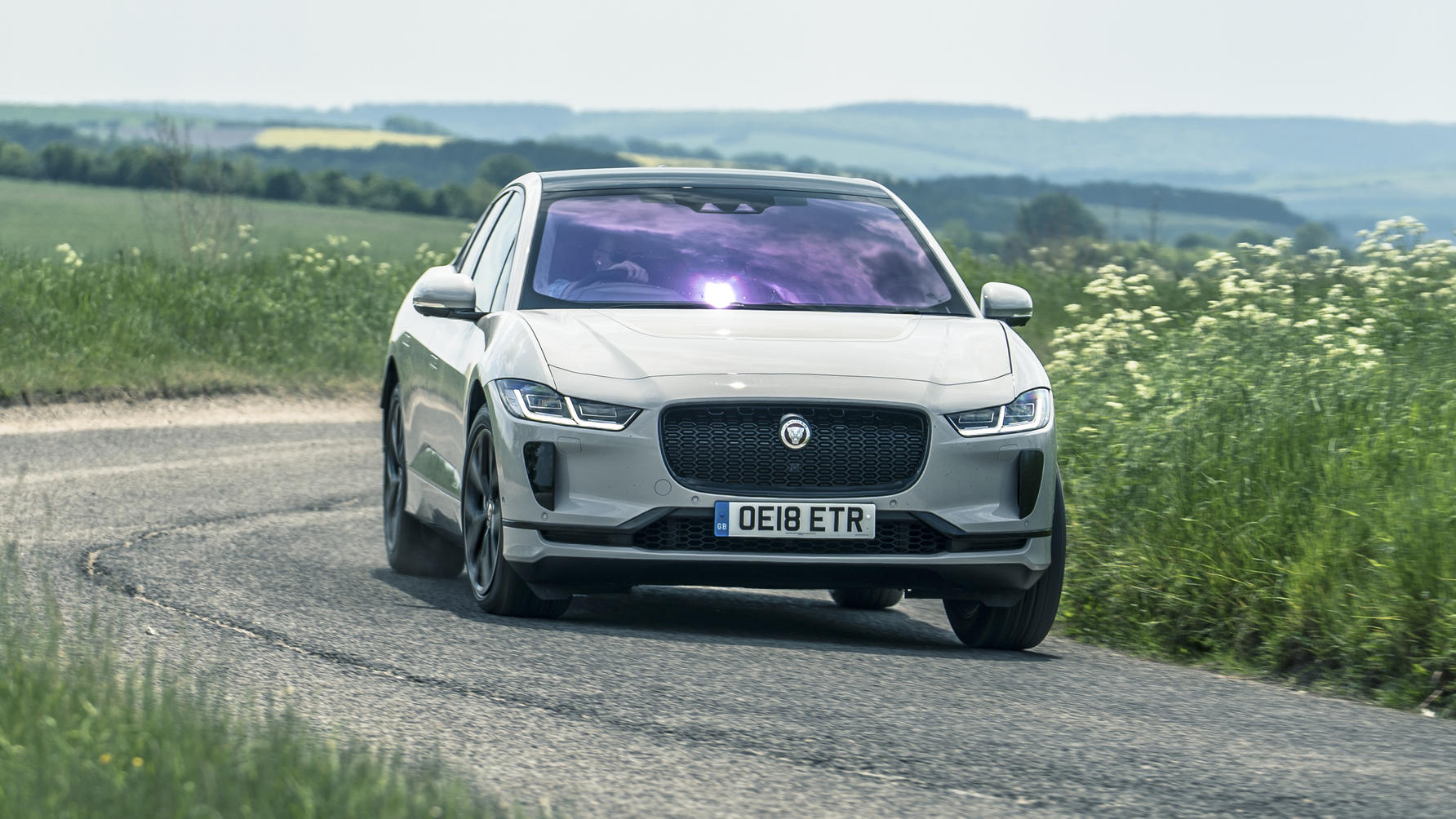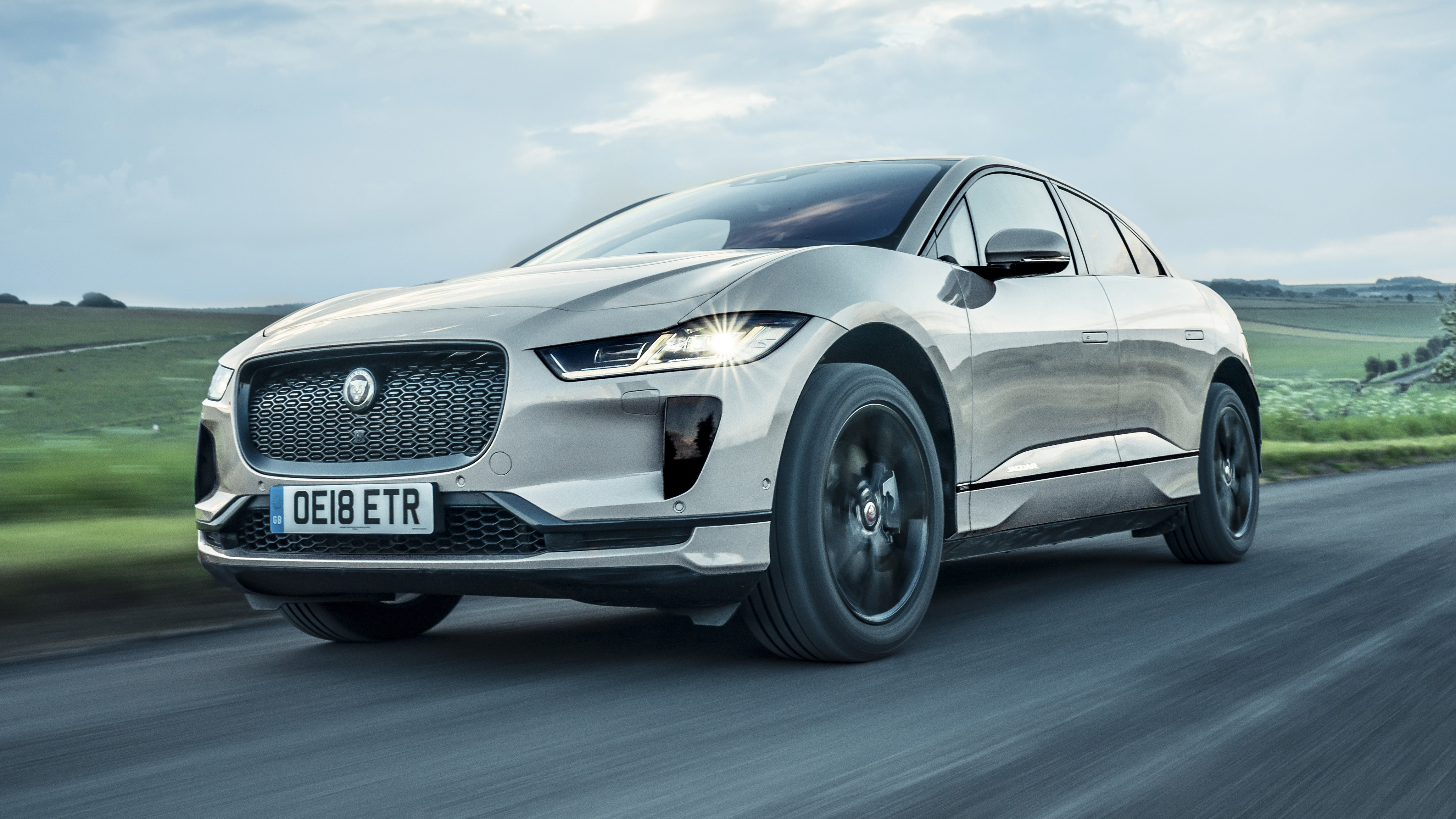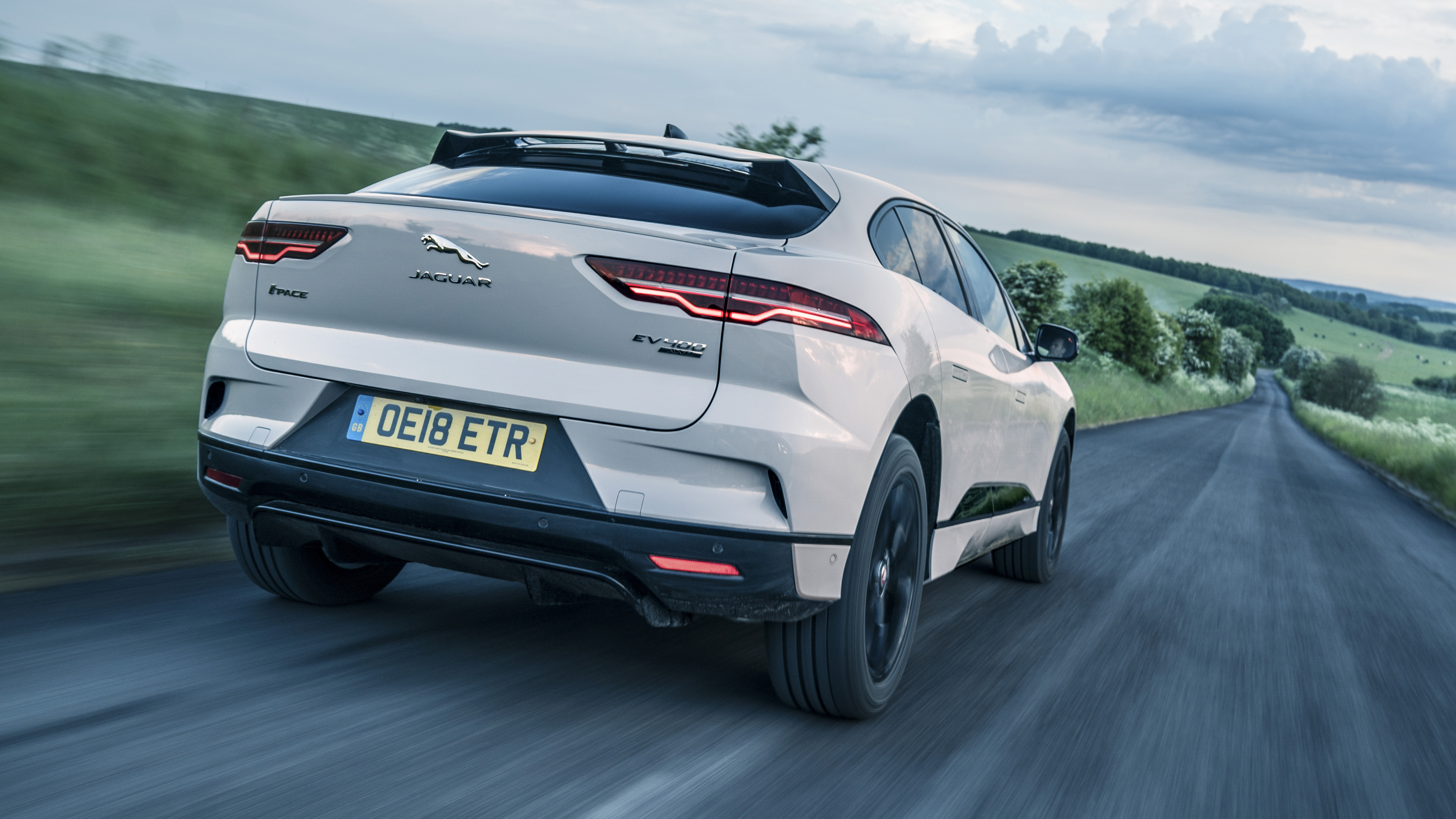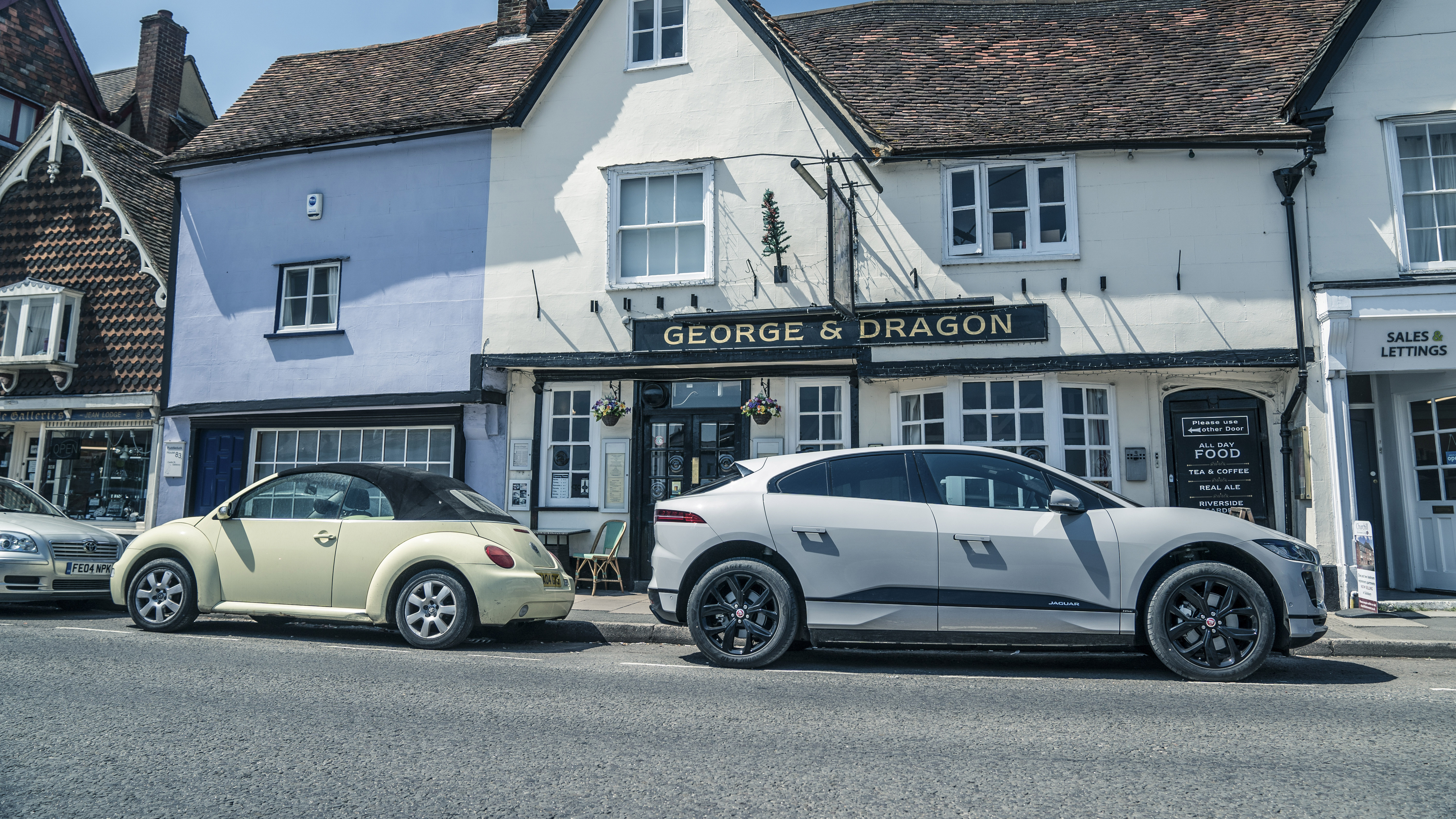
TG's big Jaguar I-Pace test part 1: how does it drive?
In the first instalment, we see if you'll want to take the Jag the long way home
Car chat. It’s right up there with football banter for immediate alienation of anyone who doesn’t know a double-clutch from a 4-3-3. But something is occurring. I’ve spent two days with the I-Pace and everyone – and I do mean everyone – has a question or five, strident opinions on the charging infrastructure and, judging by the battered Micra they’re driving, no previous interest in combustion-engined cars. Frankly, it’s exhausting, but also a fascinating social shift – the electric car hasn’t yet become personal transport for the masses, but it is mobilising their minds.
In a world obsessed with food Deliverooed to your doorstep, cheap taxis at your fingertips and the world’s music library in your earbuds – convenience above all else – the electric car is a chewy one. The environmental benefits are obvious – you can see them not spewing out of the tailpipe - but owning, charging and planning your life around one is a chore we could all do without. One step forward, two steps back. Hence the hullabaloo.
Which is why it’s easy to forget that the I-Pace is still just a new car: four tyres, a steering wheel, some seats surrounded by glass and aluminium. Later, we’ll help you decide whether your life lends itself to EV ownership, and if the I-Pace can handle the sorts of things diesel SUVs take in their stride, but if anyone’s going to be persuaded to cough up at least £58,500 (or £80,860 for the top-spec-with-options car here), it still needs to go, stop, steer and turn heads with panache.
It looks good, doesn’t it? Those are 20in wheels – standard on our HSE model and blacked out to merge with the rubber – they are probably the Instagram/ride quality sweet spot. But it’s the proportions that steal the show: the snub nose that brings the front wheels forward with it and the high, squared-off rear end set the template, while the rear spoiler, vented bonnet and flush handles provide the detail. Its beauty doesn’t slap you like a botoxed Alfa, but eventually its bravery hooks you in.

Different story inside, because the interior isn’t nearly as future-obsessed as a Tesla’s. You still have several acres of screen, split over three displays, but also physical buttons. Fancy that. A floating centre console jazzes things up, as does an inexplicable slab of old-school wood veneer in an otherwise cool oasis of red leather and brushed metal. Particular mention for the Recaro seats: the driving position is spot-on and the comfort levels higher than their skeletal backrest suggests.
Switch it on, and the screens do a dance but no noise. A baffled delivery driver asks me how to turn the engine on. Sigh. Some hours later, I’m following our long-term Audi RS4 on the A360 towards Salisbury. As I stare at its Nardo Grey rump, it strikes me that both are fast family wagons, both cost around £70k, both have near-identical boot space and both do 0–60mph in something starting with a four.
Rowan reads my mind and gives it the full Schumacher away from the next roundabout. The rear squats an inch as he rips through the gears, parping on upshifts. I extend my right foot and leap forward, instantly attaching myself to the Audi’s bumper, which is where I stay, silently and without fuss, until licence preservation kicks in. Blimey, 0–60mph in 4.5 suggested the I-Pace would be quick, but RS4 quick?
This is the standard car: no SVR fettling, no race-bred claims and, really, there’s no need for a family car to go any faster. When it comes to EVs, acceleration is cheap – how quickly you choose to deplete your battery is down to your ankle. Take Tesla: the slowest car they make is a $35k saloon capable of 0–60mph in 5.6 secs – enough to keep a Civic Type R honest.
Speed isn’t an issue, then, but individuality is, because, degrees of brain-curdling acceleration aside, all EVs feel worryingly similar to drive. Strip away vibrations from the engine, a ’box to interact with, intake and exhaust noise, turbo rush or a rampant top end, and you’re left with something more homogenous than in the past. So, there’s a new challenge afoot. How do you differentiate your electric car when they all blend into one? Jaguar has done it by pitching it as the first credible Tesla rival, beating the Germans to market and challenging convention with a radical design… others will find new ways.
Top Gear
Newsletter
Thank you for subscribing to our newsletter. Look out for your regular round-up of news, reviews and offers in your inbox.
Get all the latest news, reviews and exclusives, direct to your inbox.
The slick, flat power delivery is totally addictive: you’re never caught in the wrong gear, never off-boost
Don’t get me wrong – I’m a fan of the I-Pace way. The slick, flat power delivery is totally addictive: you’re never caught in the wrong gear, never off-boost, always in the meat of it whether waiting at the lights or hovering at 70. In many ways, it feels too easy. Too easy to zap past a dawdling tractor without pre-selecting the right gear, too easy to pick the precise point in a corner you need the beans without allowing time for the turbo to spool, too easy to drive like a loon. If you thought modern performance cars with their sticky tyres and smooth gearboxes flattered the inept, you haven’t seen anything yet – this is the age of plug and play.
Given the I-Pace weighs 2.1 tonnes, corners carry significant potential for understeer and general sloppiness, but not so. A centre of gravity 130mm lower than the F-Pace and the highest torsional stiffness of any Jaguar is a good place to start, plus our test car had the optional self-levelling air suspension (£1,100) with adaptive damping (£800). We can’t vouch for the standard set-up yet, but the sensation here is enough body roll to let you feel the weight transfer, but no more, allowing you to carve through corners with grip and confidence. The brakes are a blend of regeneration and mechanical friction, so you can forgive a mushy feeling at the top of the pedal travel, before they really start to bite.
There are two ways to drive the I-Pace, then: like your pants are on fire in Dynamic mode with more weight to the steering and snap to the throttle, which is fine so long as you know a charger is nearby and you have several hours to spare; or like a saint in Comfort or Eco mode, when you’ve got miles to cover and don’t mind the remaining range burning itself into your retinas until your eyes begin to sweat. More on that in a bit.
So whether mingling with the good people of Salisbury or flashing silently past diesel-gargling tanks on the plain, the I-Pace succeeds. Test one complete – it’s rapid, desirable, handles its mass and works as a car. But there are stiffer tests to come...
Photography: Rowan Horncastle










